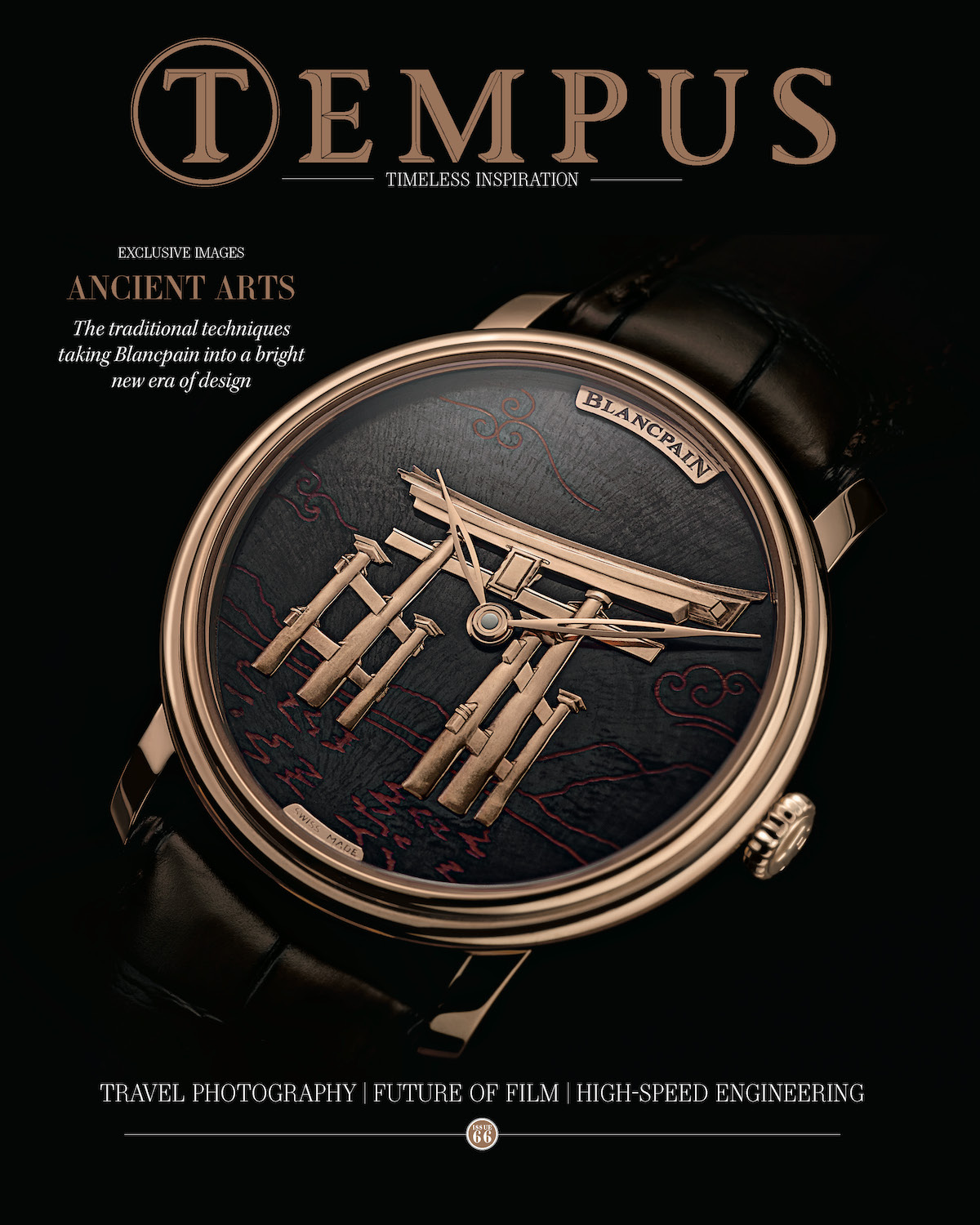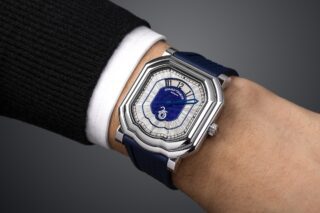This website uses cookies so that we can provide you with the best user experience possible. Cookie information is stored in your browser and performs functions such as recognising you when you return to our website and helping our team to understand which sections of the website you find most interesting and useful.
Masters of art: Blancpain shares the secrets behind its exceptional – and singular – Binchōtan technique
By Tempus | 3 February 2020 | Lifestyle, Style, Travel, Wealth
Discover the traditional Japanese techniques creating unique timepieces in these exclusive images
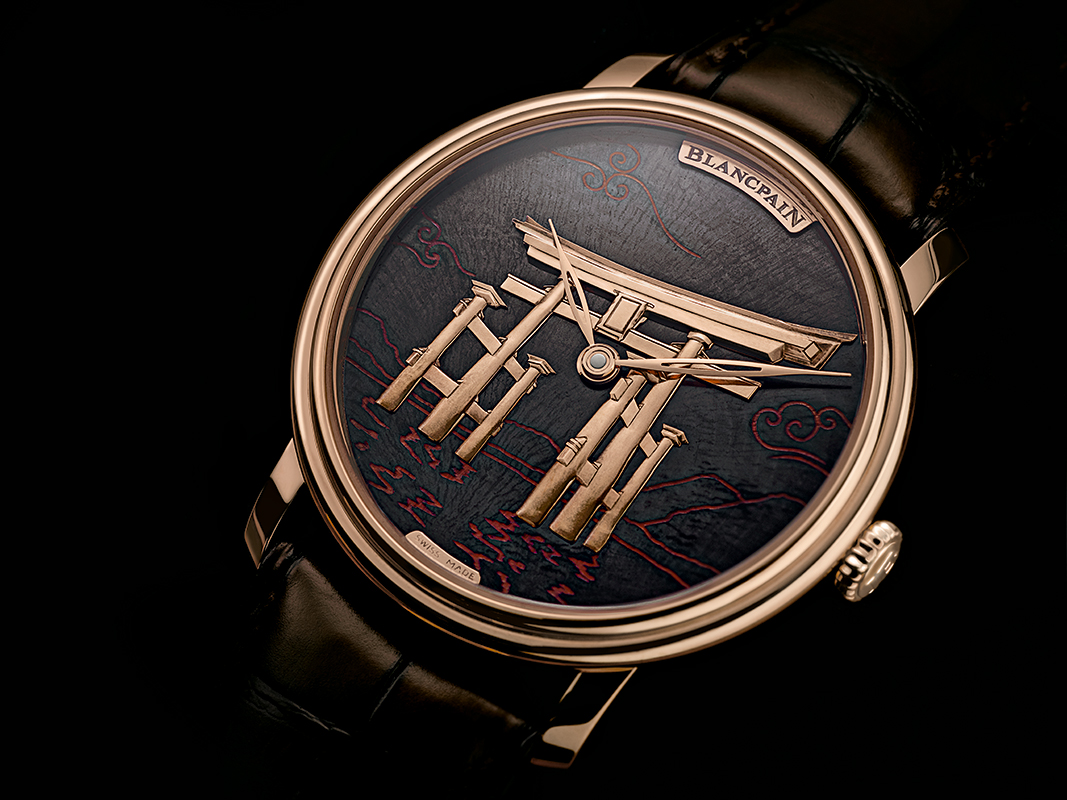
Founded in 1735, Blancpain may be the world’s oldest watchmaking brand, but that’s not to say it is stuck in its ways. Inside Blancpain’s picturesque workshop in Le Brassus, Switzerland, is a blend of super-modern machinery and traditional craftsmanship that works in perfect harmony to create some of the finest horological pieces in the world.
The brand is renowned for its commitment to sustaining traditional watchmaking while being a force for innovation. Over the last 13 years the manufacture has launched 37 new calibres, from the first Traditional Chinese Calendar to the ground-breaking Tourbillon Carrousel. While a Blancpain watch may be measured by its technical merit and reliability, it may also be evaluated by its finishing and beauty. Unique and highly-personalised creations all take shape under the roof of Blancpain’s famed workshops in Le Brassus, a major centre for watchmaking’s most artistic crafts, as each timepiece is transformed into a unique work of art.
The introduction of unique Binchōtan dials is another milestone technique, inspired by Japanese tradition but never seen in watchmaking until now. Binchōtan is a specialist charcoal made using traditional methods dating back over 400 years. Ubamegashi oak from the historic Kii province of Japan (now Wakayama Prefecture) is placed in a clay oven at temperatures from 1,000˚C to 1,300˚C.
A swift firing process, followed by rapid cooling, reduces the tree’s bark to ashes, before yielding a smooth surface that is thought to be as tough as steel. This 17th century technique was renowned for its purifying properties but Binchōtan, known as ‘white charcoal’ due to its bright glow when heated, was rarely used for ornamental purposes. Instead, it was used in Japanese cooking, or for making musical instruments and wind chimes thanks to the metallic sound it made when struck. >>
See more exclusive images from Blancpain's Métiers d'Arts workshop in Tempus issue 66, available now
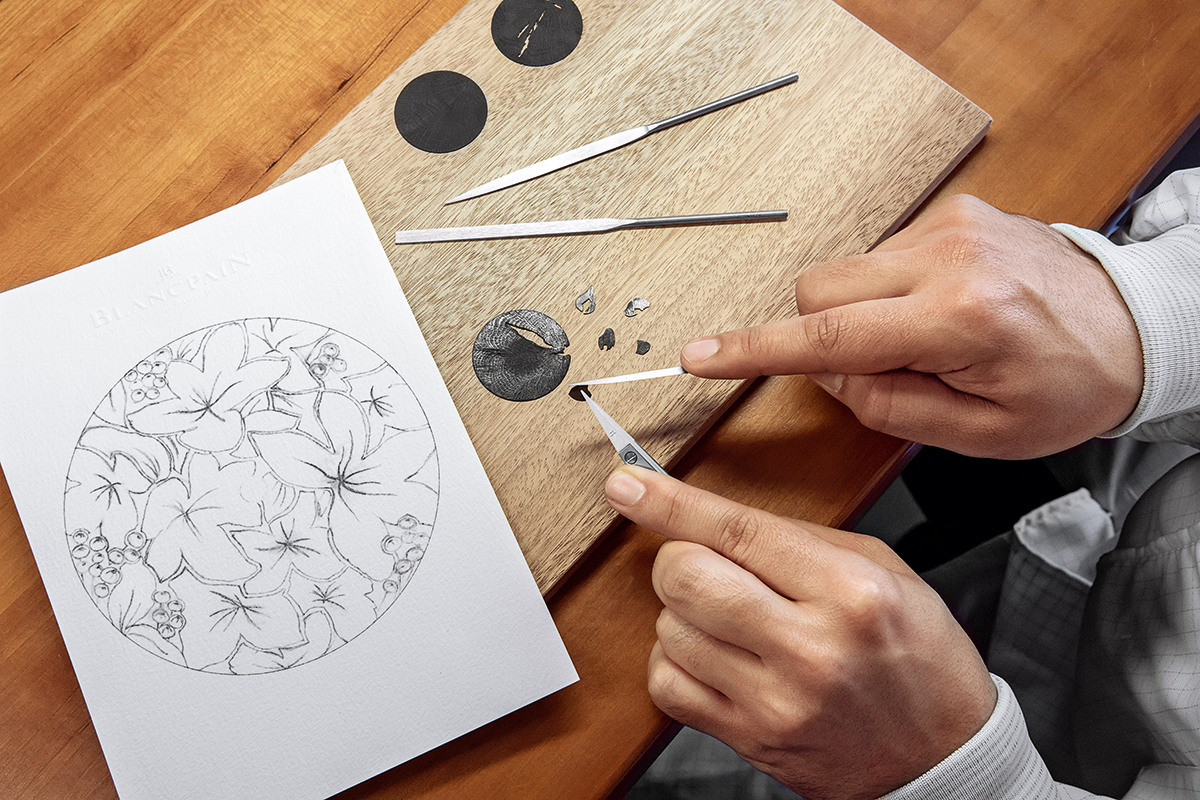
In Blancpain’s Métiers d’Art studio, artisans use the Binchōtan’s remarkable density for the creation of new, unique dials. They first wash the charcoal logs before cutting them into fine discs. Several layers of resin – made from the sap of the Asian lacquer tree – are added to the surface to protect the material from ageing. They are then polished by hand, to heighten the effect of the Binchōtan’s natural streaks and intensity of colour, before being meticulously decorated with pigmented red and gold lacquer, and additional carved elements to achieve one-of-a-kind creations. The dial is then fitted with a gold applique, hand-engraved and patinated using Shakudō colouring techniques.
“Métiers d’Art timepieces have the particularity to be unique,” says Blancpain president and CEO, Marc A. Hayek. “Whether for an engraved model or an enamel-painted dial, their aesthetic appeal creates emotions. More than watches, they are true pieces of art and meet the needs of our clients’ customization requests.”
Such was the case in 2018’s Métiers d’Arts collection honouring the great beauties of Ancient China, which comprised four watches with scenes depicted in stunning form using techniques » including champlevé enamel, engraving, shakudō, marquetry and enamel painting. >>
See more exclusive images from Blancpain's Métiers d'Arts workshop in Tempus issue 66, available now
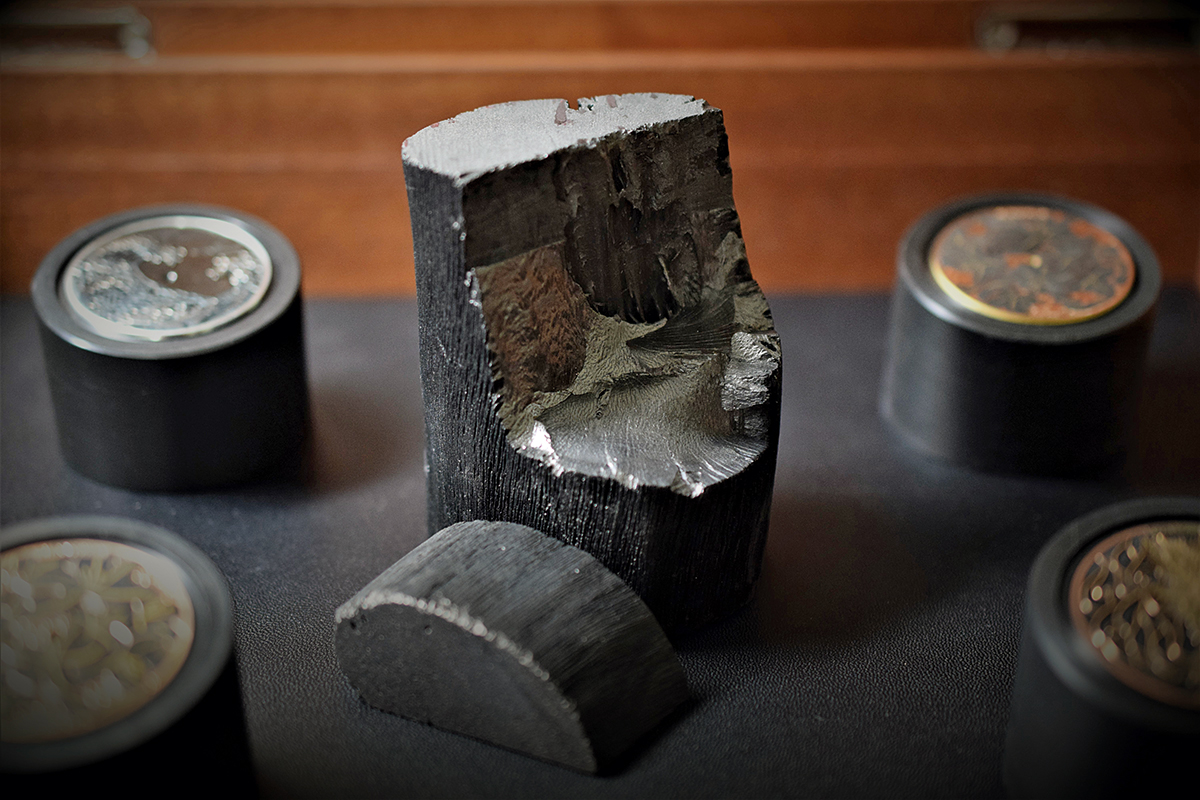
As well as creating unique dials, Binchōtan can also be used to create decorative inlays, which are applied to previously engraved dials in association with Grand Feu enameling or any other decorative techniques.
The Villeret Métiers d’Art Binchōtan watch, first launched in 2018, comes in a 42mm red gold double stepped case housing the 13R3A caliber, visible through the sapphire crystal case back and ensuring an eight-day power reserve displayed on the bridge side.
“We often say that innovation is our tradition, meaning that we are committed to inventing and expanding the boundaries of watchmaking,” said Hayek.
“This doesn’t apply for movements only, but also for the aesthetic of our watches. Blancpain’s timepieces are decorated using files, burnishers, buffs and stones. We are trying to put forward techniques that have rarely been seen in the world of watchmaking.”
See more exclusive images from Blancpain's Métiers d'Arts workshop in Tempus issue 66, available now
